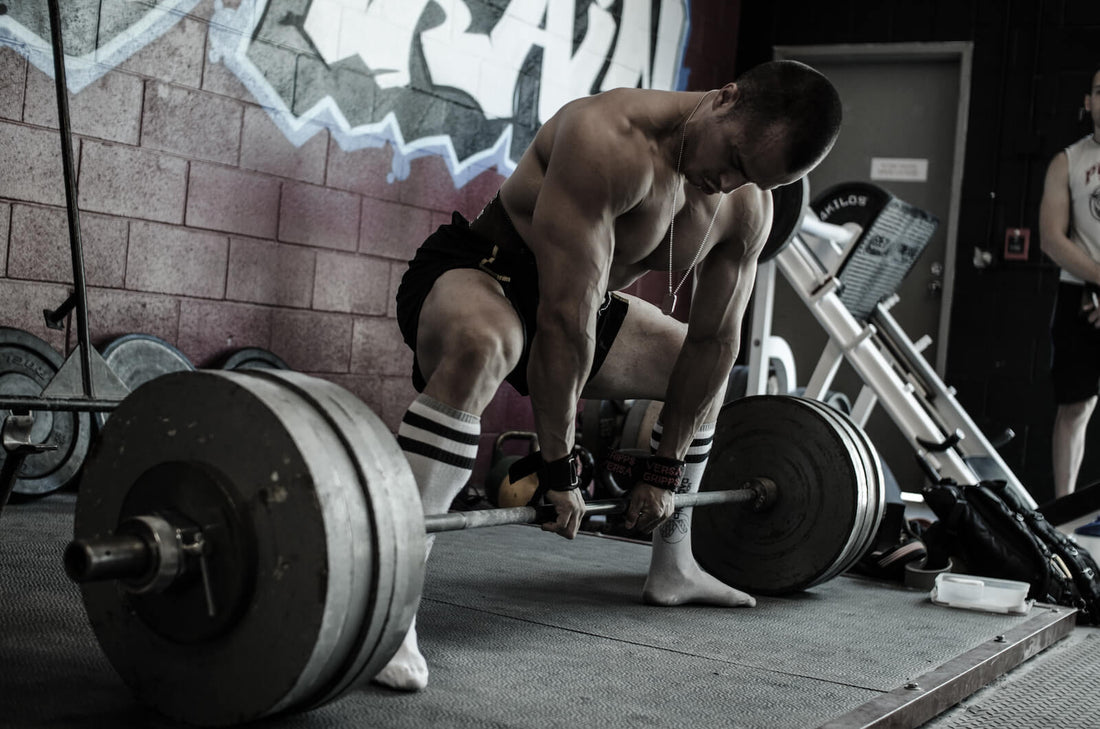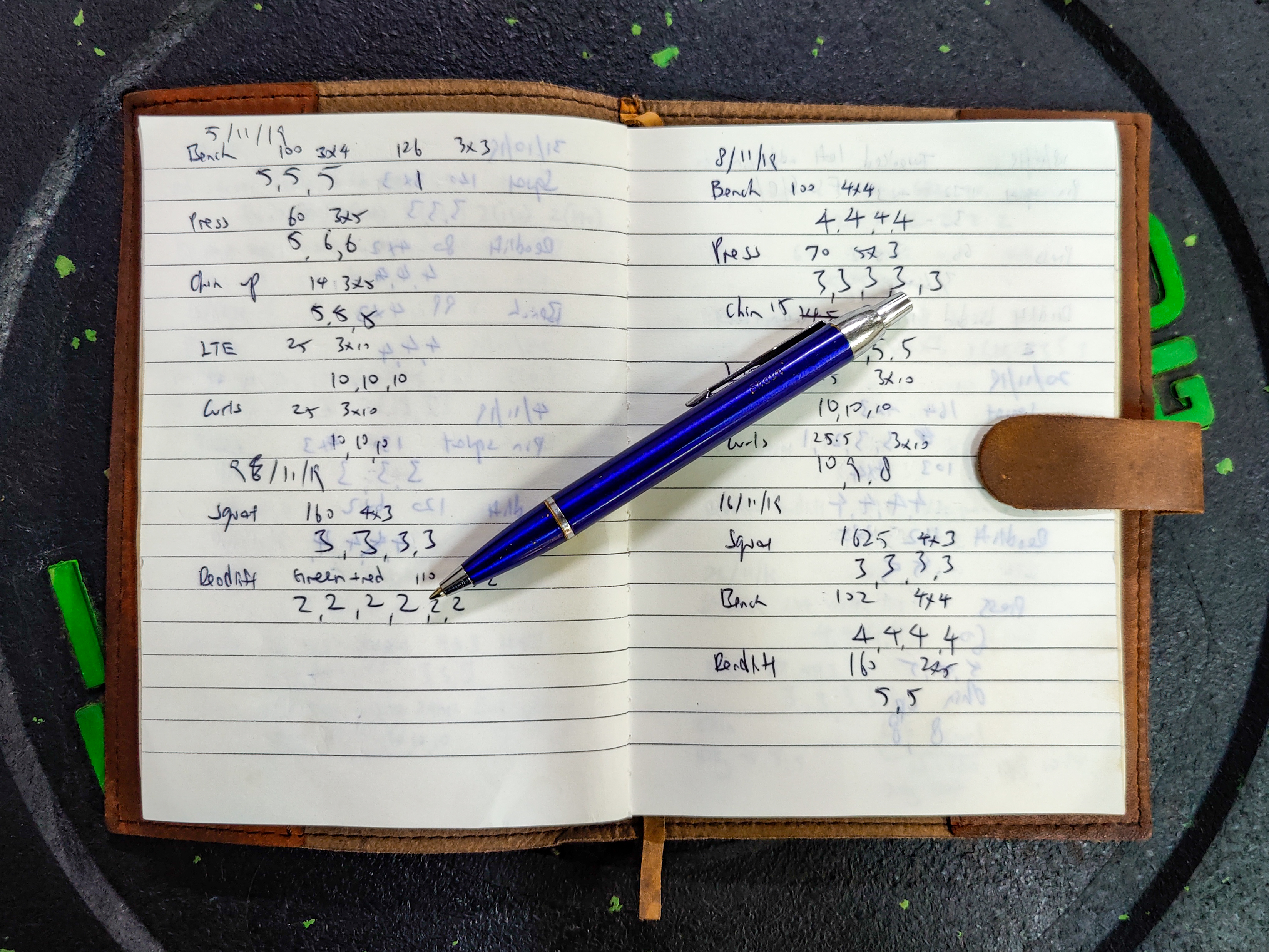
Autoregulation in Powerlifting: How to Listen to Your Body for Better Gains
What if your training program could automatically adjust to your good days and your bad days? That's the power of autoregulation. It's an advanced programming philosophy that involves adjusting your daily training based on your actual performance and readiness, rather than blindly following a pre-written plan. For intermediate and advanced powerlifters, learning to autoregulate is the key to optimizing progress, managing fatigue, and preventing injury over the long term.

Why Blindly Following a Program Can Fail
Traditional, percentage-based programs are a great starting point, but they have one major flaw: they assume your strength is static. They don't account for the realities of life.
- A night of poor sleep.
- A high-stress day at work.
- Sub-optimal nutrition.
On these "bad days," the prescribed weight might be too heavy, leading to missed lifts and excessive fatigue. On "good days," it might be too light, leaving potential gains on the table. Autoregulation in powerlifting solves this problem by providing a system for making intelligent, real-time adjustments.
The Primary Tool of Autoregulation: RPE
As detailed in our guide to understanding RPE, the Rate of Perceived Exertion is the cornerstone of autoregulation. By rating the difficulty of your sets on a scale of 1-10, you get a subjective measure of your performance on that specific day. This allows you to adjust the weight on the bar to match the intended stimulus, regardless of how you feel.
- On a good day: The weight required to hit a set of 5 at RPE 8 will be higher.
- On a bad day: The weight required to hit a set of 5 at RPE 8 will be lower.
In both cases, the training stimulus (the difficulty) remains the same, which is the most important factor for driving adaptation.
Practical Methods of Autoregulation
Here are common ways to implement autoregulation, as popularized by coaches like Mike Tuchscherer of Reactive Training Systems and the team at Barbell Medicine.
1. RPE-Based Top Sets
This is the most common method. Instead of prescribing a specific weight, the program calls for a top set at a specific RPE.
- Example: "Squat: Work up to a top set of 3 @ RPE 9."
- Execution: You increase the weight with each set until you reach a load where you perform 3 reps and feel you have exactly one good rep left in the tank. That becomes your top set for the day, perfectly matched to your current strength level.
2. Reps in Reserve (RIR) Based Sets
This is essentially the inverse of RPE. The program might prescribe a weight and a target for Reps in Reserve.
- Example: "Bench Press: 3 sets with 100kg, leaving 2 reps in reserve (2 RIR)."
- Execution: You perform sets with 100kg, stopping each set when you feel you could only do two more perfect reps. On a good day, you might get 8 reps. On a bad day, you might only get 6. The number of reps adjusts automatically.
3. Fatigue Percents / Autoregulated Back-Offs
This method uses the performance of your top set to determine the load for your subsequent volume work.
- Example: "Deadlift: 1x5 @ RPE 9. Then, perform back-off sets at a 4-6% fatigue drop."
- Execution:
- You hit your top set of 5 at 200kg @ RPE 9.
- You calculate a 5% drop from 200kg, which is 10kg.
- Your back-off sets are performed with 190kg.
This ensures your volume work is appropriately challenging relative to your strength on that day.
Becoming a Better Autoregulator
- Be Honest and Objective: The biggest challenge is learning to rate your RPE accurately and honestly, without letting your ego interfere.
- Keep a Detailed Log: A training log is essential. Recording your weights, reps, and RPE for every set provides the data you need to see trends and make better decisions.
- Use Video: Filming your sets provides objective feedback. A lift that felt like an RPE 9 might look like an RPE 8 on camera, helping you calibrate your perception.
Autoregulation is the evolution from simply following a program to having a conversation with your body. It's an advanced skill that requires practice, honesty, and attention to detail. By learning to use tools like RPE to adjust your training based on your daily readiness, you can ensure every workout is productive, manage fatigue more effectively, and build sustainable, long-term strength. Stop letting bad days derail your progress and start training smarter.
How do you autoregulate your training? Do you prefer RPE, RIR, or another method? Let us know in the comments!








